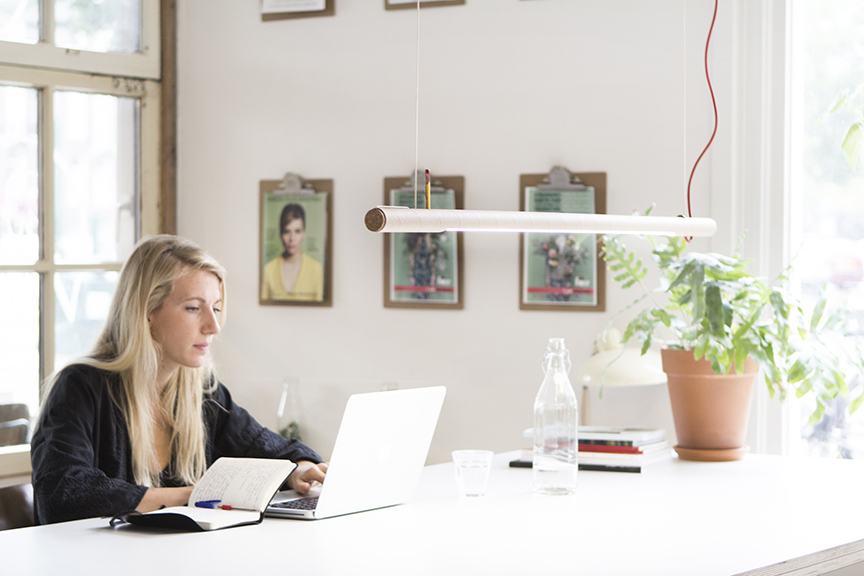
R16, pictured above, is a lighting device that is made up of the components that it is shipped with, emulating simplicity and zero-waste design techniques. All photos courtesy Salone del Mobile.Milano.
“I think that as a designer nowadays we should not think we are all making the antiques of the future […]. We should create products that can be part of a circular system, and are designed considering what material goes into the product and what it leaves behind after use.
— Christien Meindertsma, Designer
Adopting eco-conscious behaviors and the search for sustainable, eco-compatible and environmentally friendly products is an approach that is beginning to manifest within the domestic walls, both in the choice of furniture, furnishings and materials that have a positive impact on the planet and in the increasingly efficient and waste-free management of energy resources.
It is part of a wider trend towards cutting adverse effects on the eco-system which is slowly filtering through into all fields of design application, generating eco-friendly alternatives for every sort and kind of product. Companies and designers are becoming mindful of sustainability in relation to manufacturing processes, embracing the principles of a circular economy and experimenting with raw materials made from recycled waste. The design sector is beginning to take the entire lifecycle of things into consideration, paving the way for innovative practices such as the creative re-use or harnessing of biodegradable materials.
This is one of the many examples of the fact that this approach entails no sacrifice in terms of looks but generates new expressive trends and different tastes. The sense of gratification or aspiration no longer derives simply from the immediate benefit to our domestic or work environments but also – looking forward especially – from just how much the entire planet is set to benefit.
This macro-trend breaks down into three micro-trends that describe its different applications and facets: Zero Waste Design, Upcycled Materials, and Low-Impact Living.
1. Zero Waste Design
The Zero Waste philosophy originated in the food world, where new “surplus” yet still perfectly good food consumption sales models and practices are being generated. The concept is slowly but steadily being embraced by all manufacturing sectors in response to the pressing ethical need to conserve resources that are far from infinite. It also employs a panel of Opinion Leaders, both national and international, selected ad hoc for their knowledge of the research subjects (design, architecture, interior design, interior architecture) and for their ability to take a look at the themes of design and creativity.
In the design world, this means taking on board the concept of circularity, minimizing manufacturing waste, and planning not just the durability of objects but also their disassemblability and their capacity to be recycled or disposed of.
Zero Waste means experimenting with the use of innovative materials and researching biomaterials that help lower the environmental impact of furniture and furnishings, enabling them to become biodegradable, like organic waste. The conceptualization and creative process thus becomes strategic, channelled by design thinking and applied to the entire manufacturing chain.
2. Upcycled Materials
The coming together of recycling and design is informed by the increasing awareness that materials and objects destined for the waste basket can be upcycled to produce something completely different.
The concept of waste as a resource forms the basis for all creative recycling processes. Poor materials, reclaimed materials and waste generated by manufacturing or consumption mark a new frontier for design and for designers who seek to upgrade them creatively while effectively helping to protect the ecosystem.
Turning things that would otherwise be discarded into items of value helps increase the utilization efficiency of available resources and provide a further spur to developing new technologies and creating new aesthetics through design research.
3. Low-Impact Living
Adopting a sustainable lifestyle within the home translates, first of all, into efforts to cut energy consumption. This is becoming increasingly crucial at every stage of design, from construction to interiors.
This is where next generation smart technologies come in, enabling the energy efficiency of both domestic and office spaces to be monitored around the clock, and becoming an integral part of the domestic landscape.
Leaving a light footprint on the planet on which we live also means that, of the available resources, we should opt for renewable energies that do not affect the delicate natural balance. As has been the case for some time in the food world, designers have also been experimenting with the use of natural “non conventional” raw materials, appropriating the concept of foraging, or harvesting products spontaneously yielded up by land and sea.


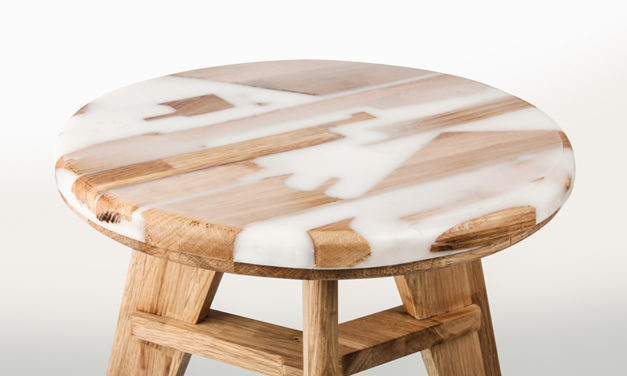
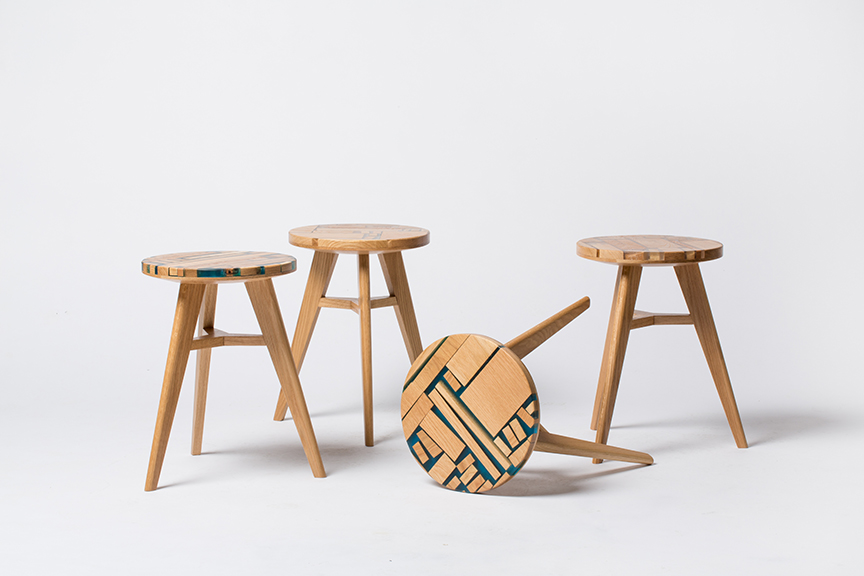
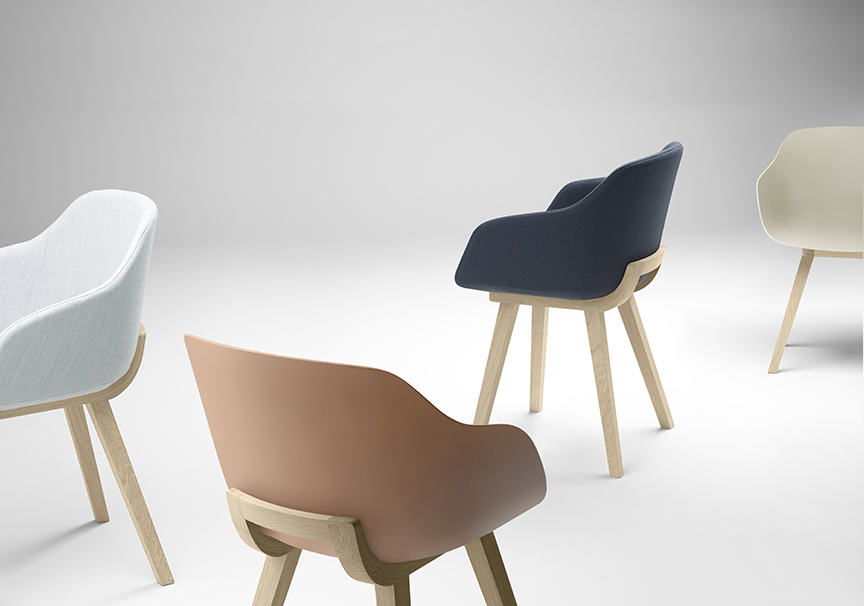
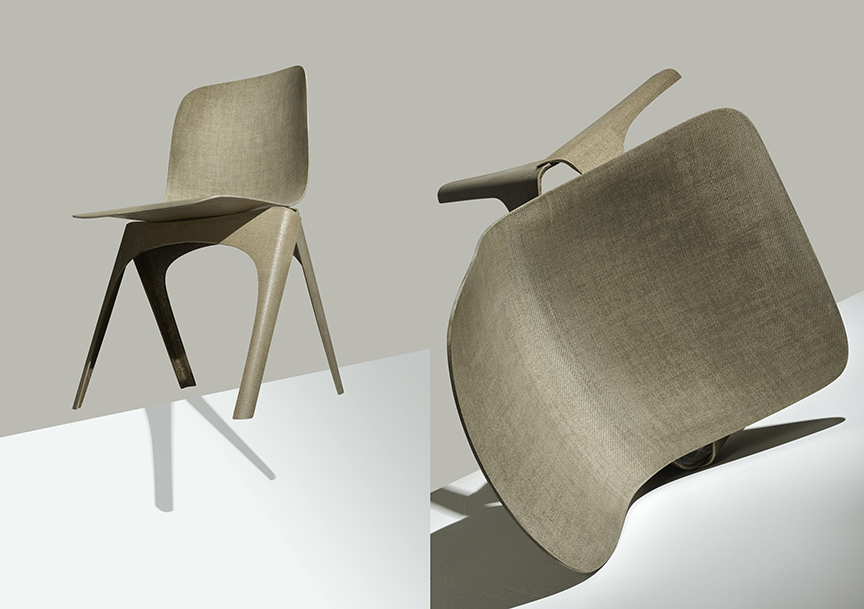
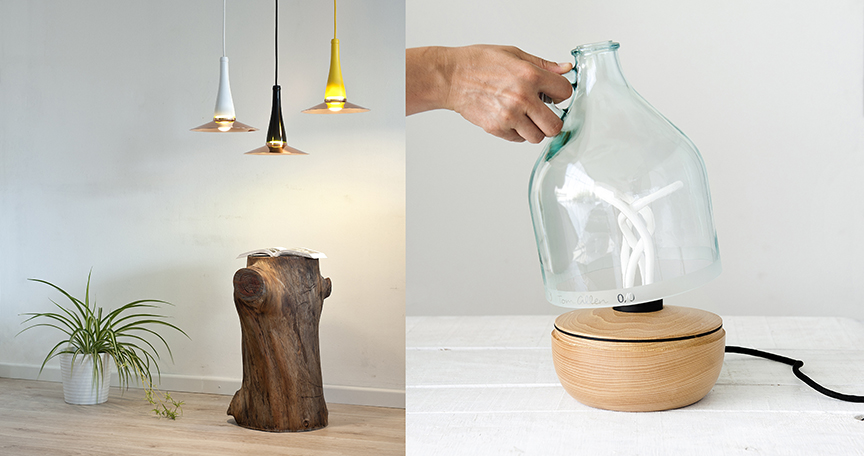

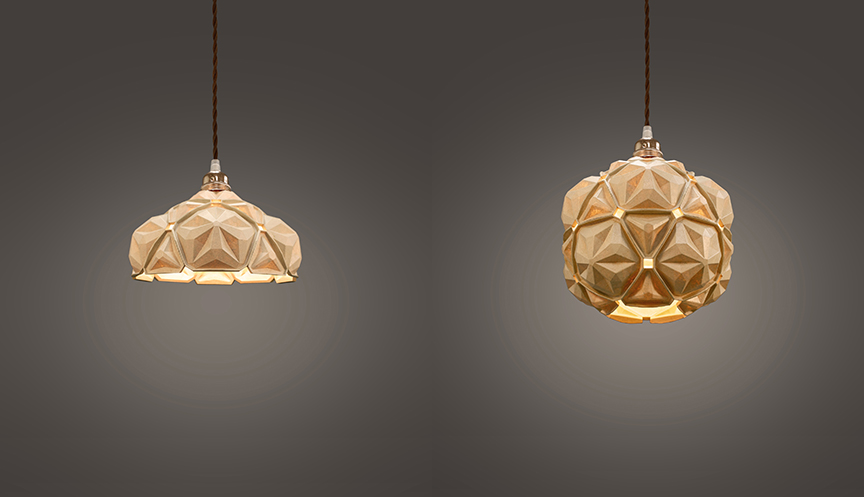
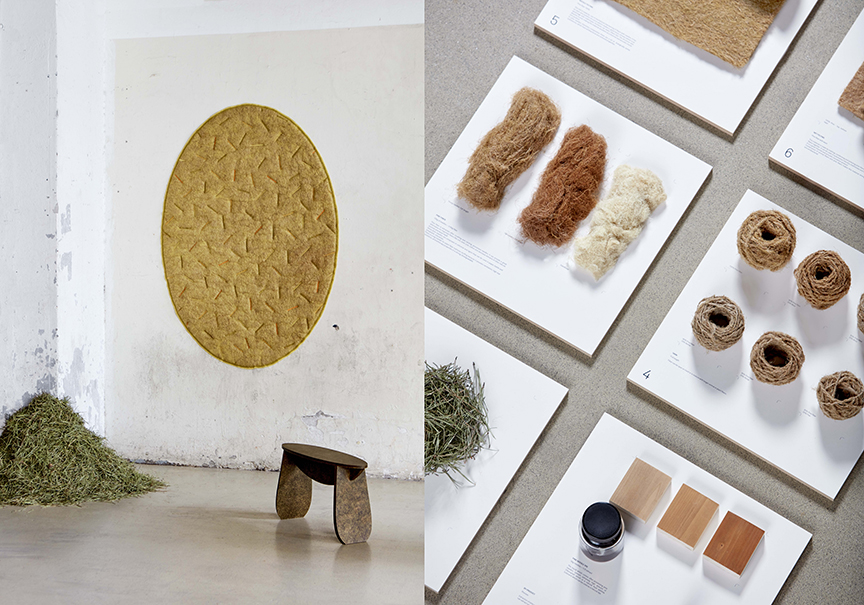
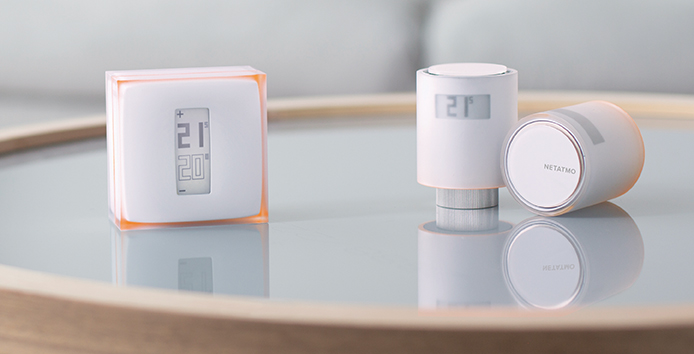
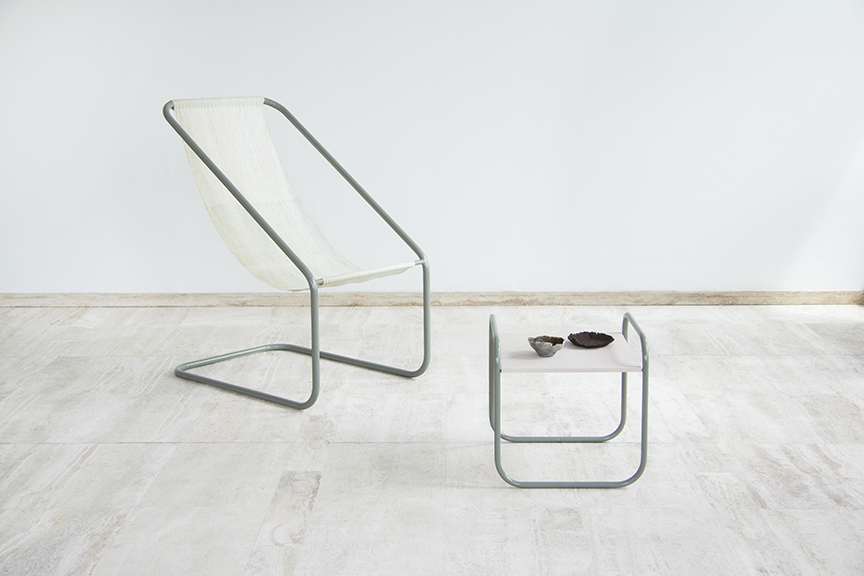
Leave a Reply